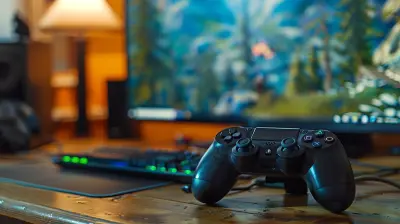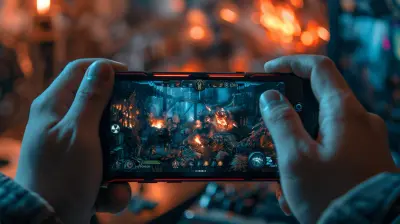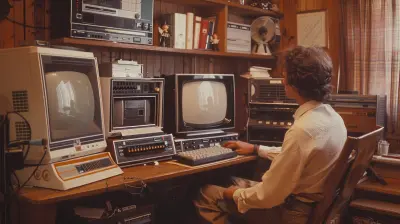How Developers Keep Multiplayer Communities Engaged Years Later
11 October 2025
Let’s face it: multiplayer games are no longer just about launch-day hype. They’re living, breathing ecosystems that thrive — or wither — based on how well developers can keep players coming back. But how exactly do developers keep these communities alive for years? What separates a game like Minecraft or Fortnite, which feels as lively today as when it first launched, from the countless games that fall off the radar?
Grab your headset and queue up, because we’re about to dive into the strategies that keep multiplayer communities engaged long after the honeymoon phase is over.
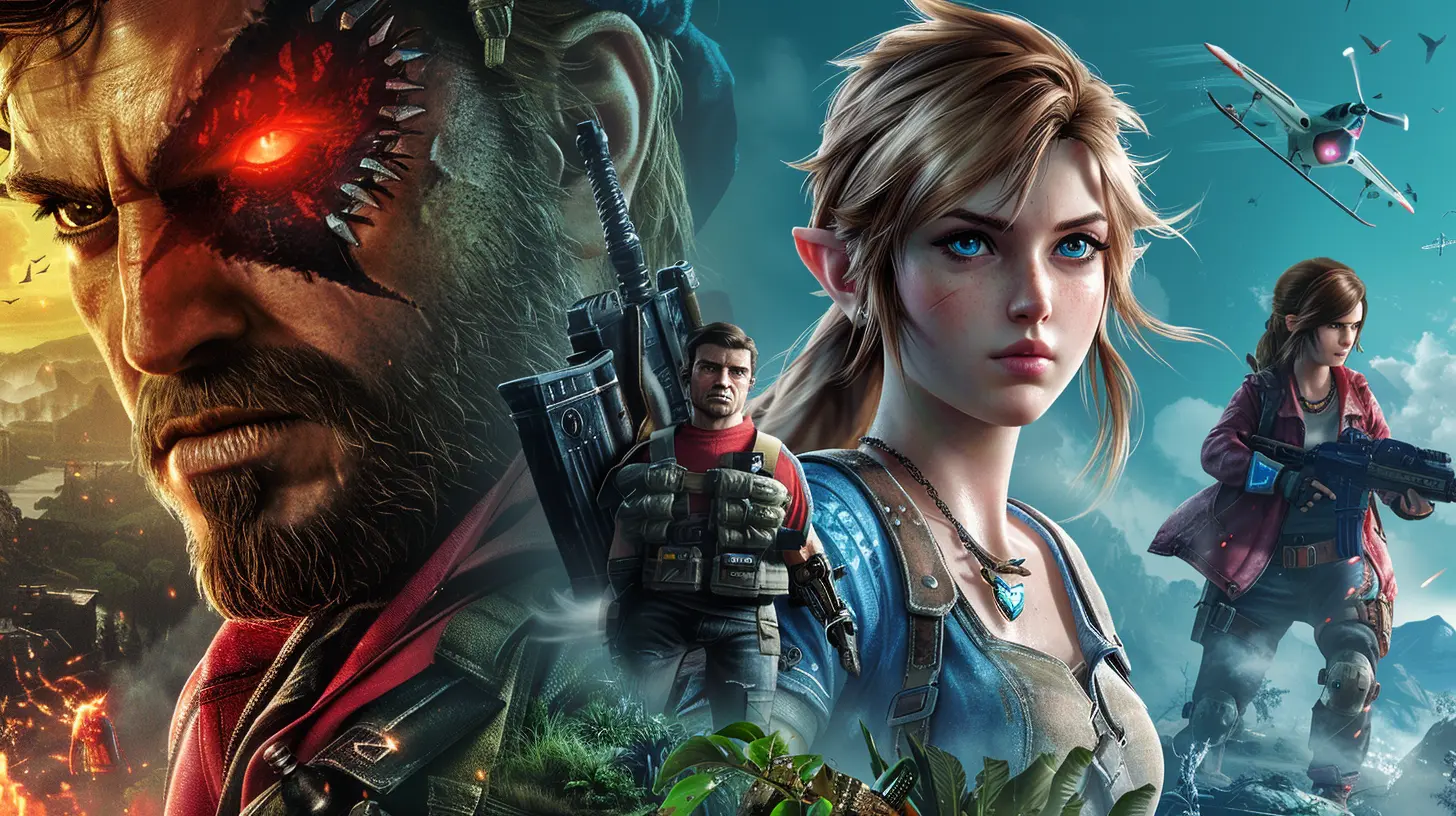
The Lifeline of Multiplayer Games: Why Engagement Matters
We all know that multiplayer games are more than just places to play. They’re social hubs. They’re where people hang out with friends, forge rivalries, or even meet people from halfway across the world. But here’s the catch: if a game’s community feels like a ghost town, it won’t be long before players leave for greener (read: livelier) pastures.Engagement isn’t just a “nice-to-have” for developers—it’s survival. Because, without players, a multiplayer game is like a theme park with no visitors. No one’s riding the roller coasters, and the popcorn machines are just gathering dust. Not exactly the vibe you want, right?
So, developers have to pull out all the stops to ensure their games stay relevant, addictive, and, above all, fun. Let’s break down the clever tactics they use to keep the party alive.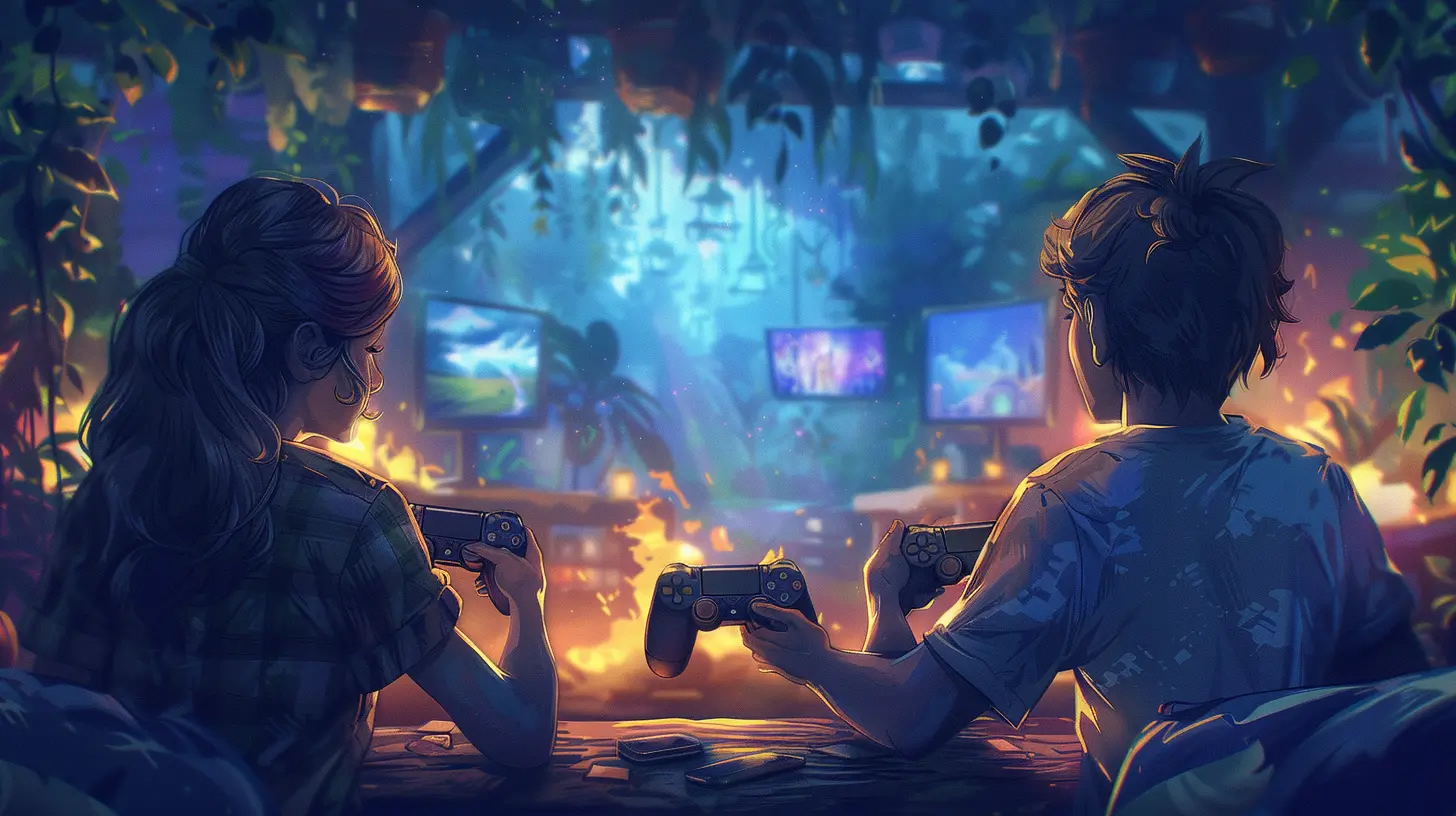
1. Regular Content Updates: The Power of Freshness
Think about your favorite multiplayer game. Would you still be playing it if nothing had changed since launch day? Yeah, I didn’t think so. Regular content updates are an absolute must for keeping a community engaged.New Maps, Modes, and Mechanics
Dropping new maps, game modes, or gameplay mechanics spices things up and gives players something to look forward to. It’s like adding new rides to a theme park—suddenly, everyone wants to come back to check it out.Take Apex Legends, for example. They’re constantly adding new characters (called Legends), tweaking the meta, and introducing limited-time events. Every update feels like a fresh chapter in the game’s story. It’s no wonder their player base is still thriving.
Seasonal Events and Battle Passes
Seasonal events are another major player-magnet. Developers slap a themed coat of paint on their game (winter holidays, Halloween, or even obscure anniversaries), add limited-time rewards, and boom—players log in just so they don’t miss out.Throw in a Battle Pass, and now you’ve got a reason for players to grind. They’ll keep coming back to complete challenges, unlock cosmetics, and flex their exclusive loot. It’s like dangling a shiny carrot on a stick, and trust me, it works.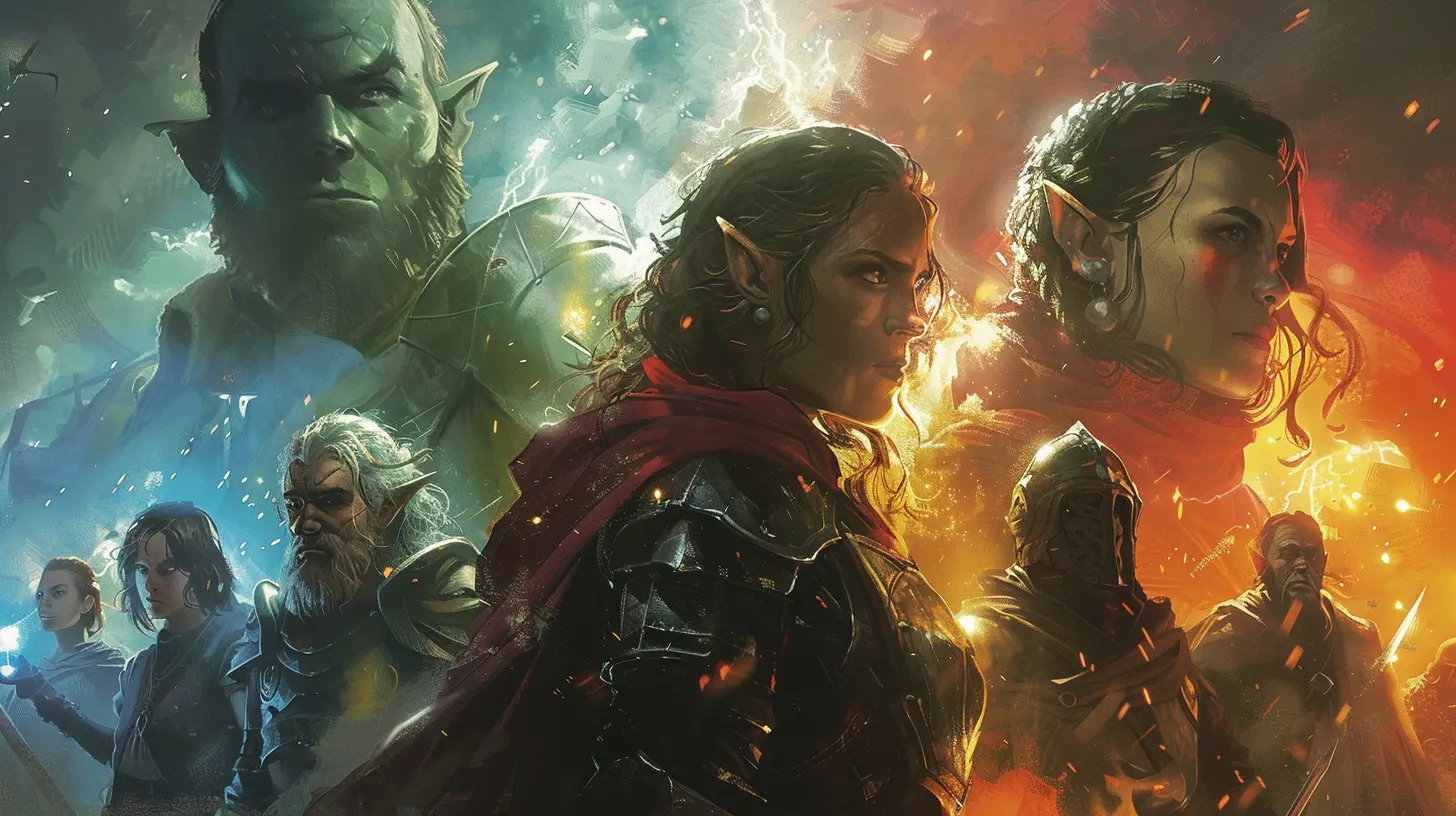
2. Community-Driven Content: Let the Players Lead
You know what’s genius? When developers let players create content for the game. Not only does this take some of the pressure off the dev team, but it also makes the community feel more involved.Modding Support
Look at games like Arma 3 or Garry’s Mod. These titles became legendary thanks to the insane creativity of their player bases. Entire new game modes (remember Battle Royale?) have been born out of mods. When developers provide the tools for players to build their own experiences, the possibilities are endless.User-Generated Maps and Challenges
Some games, like Super Mario Maker 2, go a step further by putting user-generated content front and center. Imagine: players are actively creating, sharing, and playing each other’s work. It’s infinite replayability, and it keeps the community buzzing with excitement.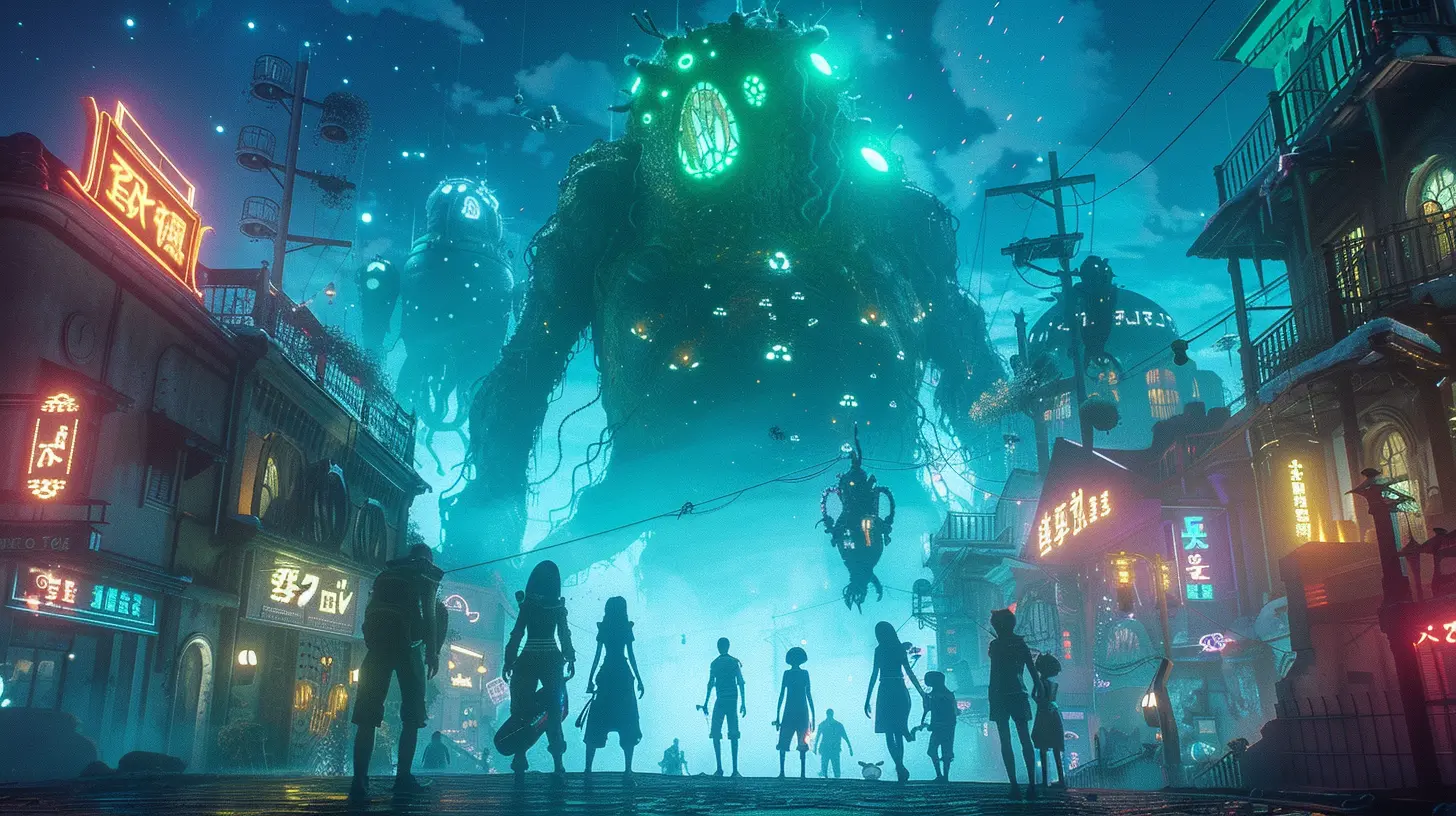
3. Strong Social Features: Building a Sense of Belonging
Ever notice how some multiplayer games feel more like social clubs than just games? That’s no accident. Developers know that if they can make players feel connected, they’ll be more likely to stick around.Clans, Guilds, and Teams
Games like World of Warcraft have mastered the art of fostering camaraderie. Joining a guild or clan isn’t just fun—it’s a reason to log in. You don’t want to let your raid group down or miss out on team events, do you?In-Game Chat and Friend Lists
Even simple features like in-game chat, friend lists, and party systems go a long way. They make the game feel more alive, more social. And when you’ve got a solid group of friends playing the same game, switching to another one feels like betraying the squad. Developers capitalize on this FOMO (fear of missing out) hard.4. Esports and Competitive Play: Fueling the Hype
Let’s be real—nothing gets people talking like good ol’ competition. Developers who invest in esports and ranked modes turn their games into a spectacle, drawing in both players and spectators.Professional Tournaments
Look at League of Legends. The World Championship pulls in millions of viewers every year. Even if you’re not good enough to compete, it’s still fun to watch the pros duke it out and dream about pulling off those same moves in your next match. This kind of hype is pure gold for keeping a game relevant.Rewards for Ranked Play
But it’s not just about the big leagues. Casual players stay engaged when devs sprinkle in ranked ladders and seasonal rewards. Climbing the ranks feels like an achievement, and those exclusive skins or titles at the end of the season? That’s bragging rights, baby.5. Listening to Player Feedback: The Key to Longevity
Here’s the deal: no matter how great a game is, there’s always room for improvement. Smart developers know this and keep an ear to the ground to see what their players want.Balancing the Game
Keeping a multiplayer game balanced is like walking a tightrope. Buff one weapon, nerf another, tweak cooldowns—it’s a constant juggling act. Developers who nail this (and respond quickly to player feedback) earn the community’s trust. And trust? That’s everything.Fixing Bugs and Cheaters
Nothing kills a multiplayer game faster than cheaters and game-breaking bugs. Developers who take a tough stance on cheating and squash bugs regularly are the unsung heroes of multiplayer gaming. Players notice this. It’s the difference between a beloved title and a rage-inducing frustration-fest.6. Crossovers and Collaborations: The Unexpected Element
Let’s not forget the magic of collaboration. Developers love to surprise players with unexpected crossovers and partnerships that leave everyone talking.Pop Culture Crossovers
Remember when Fortnite dropped Avengers skins? Or when Call of Duty had Attack on Titan operator bundles? These moments create buzz that goes far beyond the game’s usual community. Even players who’ve fallen off may jump back in just to snag those limited-edition goodies.Platform and Cross-Play Integration
Cross-play is another way to keep players engaged. Games that let PC, console, and even mobile players join the same matches expand their reach exponentially. Plus, it keeps everyone involved, no matter their platform of choice.7. The Human Element: Developers as Community Members
Last but not least, let’s talk about the human touch. Developers who actively participate in their communities build goodwill that money can’t buy.Developer Streams and Transparency
Devs who jump on Twitch or post regular updates on Reddit make players feel heard. Transparency—whether it’s about upcoming changes, delays, or just chatting about the game—builds a sense of relationship between developer and player.Easter Eggs and Personalized Touches
Little things, like Easter eggs left by developers or shoutouts to community members, make a game feel special. It’s like when your favorite band plays a small venue and you feel like they’re singing just for you. That personal touch goes a long way.Final Words: Keeping the Heartbeat Strong
At the end of the day, developers keep multiplayer communities engaged by making the game feel alive. They’re constantly tweaking, updating, and, most importantly, listening to their players. Whether it’s through fresh content, competitive play, or social features, it all boils down to one simple truth: keeping players around means giving them a reason to care.Multiplayer games aren’t just games anymore—they’re evolving platforms, communities, and sometimes even second homes. And as long as developers continue to innovate and connect, these communities will thrive for years to come.
all images in this post were generated using AI tools
Category:
Multiplayer GamesAuthor:

Brianna Reyes
Discussion
rate this article
1 comments
Isolde McVaney
Regular updates and community feedback are essential for longevity.
October 13, 2025 at 4:19 PM

Brianna Reyes
Absolutely! Regular updates and community feedback are key to maintaining player interest and fostering a thriving multiplayer environment.
